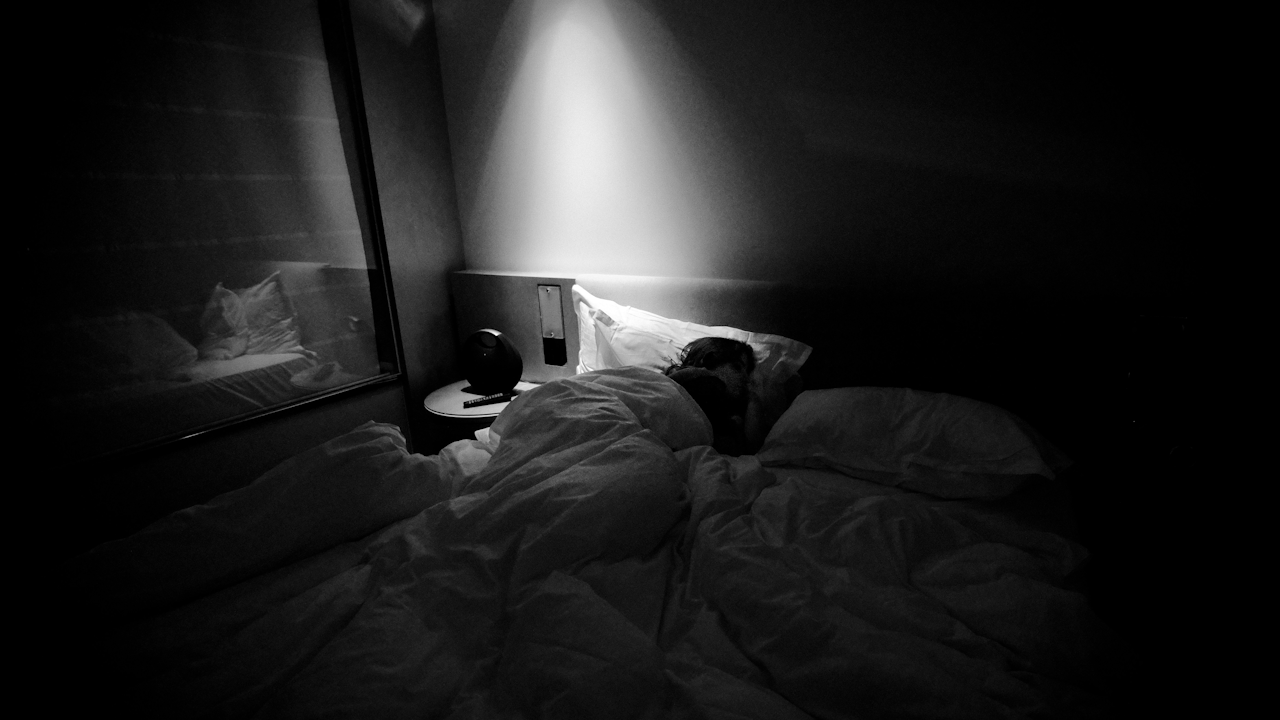Creating a truly perfect sleep environment is an art, a delicate balance of sensory inputs and personal preferences that, when harmonized, can unlock the door to restorative and rejuvenating slumber. It’s more than just having a comfortable bed; it’s about orchestrating a symphony of conditions that signal to your body and mind that it’s time to unwind, let go of the day’s tensions, and drift peacefully into the realm of dreams. This holistic approach addresses various facets of your surroundings, transforming your bedroom from a mere sleeping space into a sanctuary of rest.
One of the foundational elements of a perfect sleep environment is the mastery of light. Our bodies are intrinsically linked to the natural cycles of light and darkness, governed by the circadian rhythm. Artificial light, especially the blue light emitted from electronic devices like smartphones, tablets, and televisions, can disrupt this delicate internal clock, suppressing the production of melatonin, the hormone that promotes sleepiness. Therefore, cultivating darkness is paramount. Invest in blackout curtains or blinds to completely eliminate external light sources, whether it’s the glare of streetlights or the early morning sun. Inside the bedroom, dim any necessary lighting and opt for warm, amber-toned bulbs rather than harsh, bright ones. Establish a “digital sunset” in the hours leading up to bedtime, putting away electronic devices to allow your brain to naturally prepare for sleep. If you must use screens, consider blue light filters.
Temperature is another crucial factor in creating an ideal sleep haven. While personal preferences vary slightly, the general consensus among sleep experts is that a cool room is more conducive to sleep than a warm one. A slightly lower core body temperature signals to the brain that it’s time to rest. Aim for a bedroom temperature between 60 and 67 degrees Fahrenheit (15 to 19 degrees Celsius). Adjust your thermostat accordingly, and consider using fans or opening windows (if outdoor noise and light permit) to regulate the temperature. The type of bedding you choose also plays a significant role in temperature regulation. Opt for breathable materials like cotton, linen, or bamboo, which can help wick away moisture and prevent overheating.
Beyond light and temperature, the sonic landscape of your sleep environment profoundly impacts the quality of your rest. Noise pollution, whether it’s traffic sounds, noisy neighbors, or household activity, can fragment sleep and prevent you from reaching the deeper, more restorative stages. Strive to minimize noise as much as possible. Thick curtains and rugs can help dampen sound. If external noise is unavoidable, consider using a white noise machine, a fan, or calming nature sounds to mask disruptive frequencies. Earplugs can also be a valuable tool for creating a peaceful auditory environment. Conversely, complete silence can sometimes be unsettling for some individuals. Experiment to find the soundscape that promotes the most tranquility for you.
The tactile experience of your sleep environment is equally important. Your bed, including the mattress, pillows, and bedding, should be a source of comfort and support. Invest in a mattress that suits your sleeping style and provides adequate spinal alignment. Choose pillows that properly support your head and neck, whether you sleep on your back, side, or stomach. As mentioned earlier, opt for breathable and comfortable bedding materials that feel pleasant against your skin. Regularly wash your bedding to maintain a clean and fresh sleep surface, free from allergens and dust mites that can disrupt sleep and trigger allergies.
Finally, the overall atmosphere and organization of your bedroom contribute significantly to a perfect sleep environment. A cluttered and disorganized space can create mental clutter and anxiety, making it harder to relax and wind down. Strive to keep your bedroom tidy and free from distractions. Remove work-related items, unnecessary electronics, and anything that might trigger stress or worry. Decorate your bedroom in calming colors and with items that promote a sense of peace and tranquility. Consider incorporating natural elements like plants (that don’t emit excessive carbon dioxide at night) or soothing artwork. Even subtle details like the scent of lavender or chamomile through a diffuser can contribute to a more relaxing ambiance.
Creating a perfect sleep environment is a personalized journey of experimentation and refinement. By thoughtfully considering the interplay of light, temperature, sound, tactile comfort, and overall atmosphere, you can transform your bedroom into a true sanctuary of rest, paving the way for deeper, more restorative sleep and ultimately, a healthier and more vibrant you.

